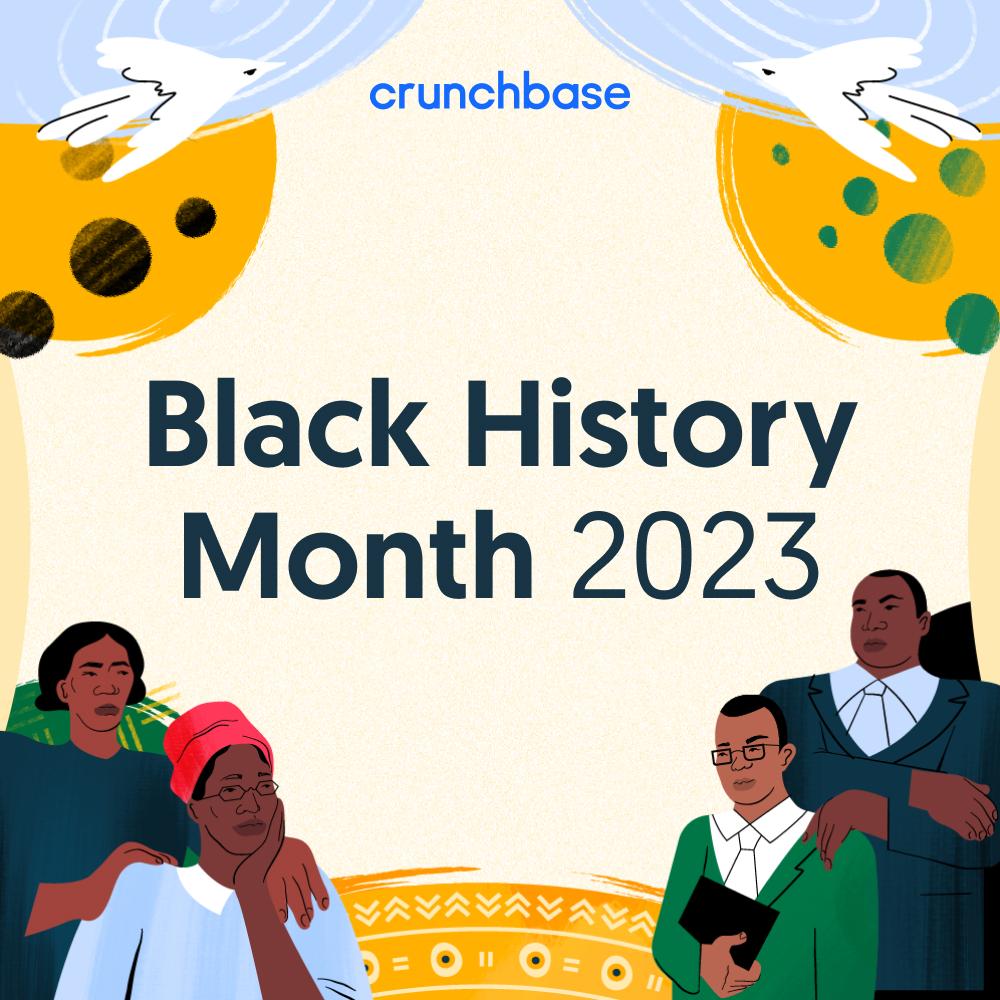Today, it seems that every major technology company doubles as a bank. In the past few years, we’ve seen the launch of Apple Card, Facebook’s Libra, Uber Money, Square Cash and Google Pay—all services that promise the most convenient and fastest payment service on the market.
The COVID-19 pandemic has only accelerated the transition from cash to digital currency, underscoring the need for a more efficient and transparent payments system.
Historically, traditional bank payments have been slow, unreliable and expensive. Despite technological advancements over the past 50 years–such as being able to send a message across the world instantly–we’re still using the same banking system my grandfather used to wire money from India to the U.S. in the 1960s. The method is about as effective as mailing a check.
Especially in a time of global disaster, the need for easy, fast and low-cost payments touches every corner of the globe. Consumers expect speed and accountability, especially when it comes to our own money.
Trusting Tech with Your Money
Tech giants like Google and Apple, the latter of which reported 1.4 billion users on its platform last year, understand consumers’ expectations, and are capitalizing on huge customer bases and loyalty. Tech giants have massive distribution systems and their insight into their customers is greatly superior to any financial system. This aspect alone allows them to effectively bundle financial products into an existing ecosystem. Amazon started out selling books; now it’s the first place most people look to buy products, get groceries delivered, furniture assembled, cleaning services, watch TV via its streaming service, and more.
Superapps in Asia, such as Gojek and Grab, have been able to successfully introduce new products and capabilities to provide the most comprehensive suite of services through their platforms. They have realized–like many others–that in a digital world, payments are at the core of whatever tech product they’re offering. The ability to serve as their own bank gives companies higher visibility into their money and provides new opportunities for cost savings while better serving their customers by avoiding the bank fees associated with delivering small payments.
An Infrastructure Advantage
Any successful tech company has an advantage over technological infrastructure alone, as it will be built on software with the latest technical developments in mind. Those companies are designed to evolve along with the current climate—unlike the antiquated software banks typically operate on. While tech companies are built to continuously stay up to date, large banks, such as Wells Fargo and CapitalOne are still mired with aging legacy systems and frequent widespread system outages.
In some countries, including Mexico, England and Singapore, regulators and central banks are embracing our tech-centric reality and providing non-banks access to the same regulatory playing field as banks, resulting in new financial laws. In the U.S., the financial services app Square recently received a banking license from the Federal Deposit Insurance Corp. for its lending division Square Capital. This past December, ride-hailing company Grab applied for a digital banking license in its native Singapore.
But, What About Banks?
A report by Accenture predicted that by 2025, banks will lose out on $280 billion in payment revenue due to competition from digital payments and non-banks.
In order to keep up, banks must modernize their infrastructure and turn to blockchain to create new, innovative financial services. Blockchain is faster, more secure, easier to track, and more globally accessible than the existing banking system infrastructure. While it currently takes three to five business days for cross-border transactions at a bank, payments can be made in seconds with a blockchain model. On average, the digital asset XRP completes transactions in three seconds.
Partner Up
Traditionally, mobile wallets like Venmo and Alipay have been viewed by banks as a threat because they offer consumers a cheaper, faster way to make payments. But banks would do well to start looking at entering strategic partnerships with services like these. The mobile wallet market is expected to surpass $250 billion by 2024, offering a game-changing advantage for those who capitalize on the potential for partnership instead of struggling to compete.
Banks have the opportunity to keep pace with those who are pushing the industry forward, expanding reach and proving even more profitable by connecting with the unbanked in emerging markets. Apple Pay has established itself as a premier partner for financial institutions around the world. More recently, Google has followed suit by partnering with Citigroup, and in April, news leaked that Google has been working on a smart debit card and checking account service to compete with Apple Pay and the Apple Card.
If banks don’t want to be left behind as tech giants take on payments, it’s paramount that they modernize their infrastructure, or make strategic partnerships, or both. Otherwise, the future of payments is owned by the likes of Facebook, Apple and Google, all of which already have millions of consumers at their disposal using adjacent products and services.
All of this doesn’t necessarily signal the end of the road for traditional financial institutions, but the already steep competition will only ramp up as COVID-19 accelerates and deepens the hit on banks’ bottom line.
Asheesh Birla is the SVP of Product and Corporate Development at Ripple, which he first joined in 2013 to lead the development of their product suite. Asheesh is an industry expert on blockchain and is a frequent contributor, speaker, and advisor on blockchain and cryptocurrency.






